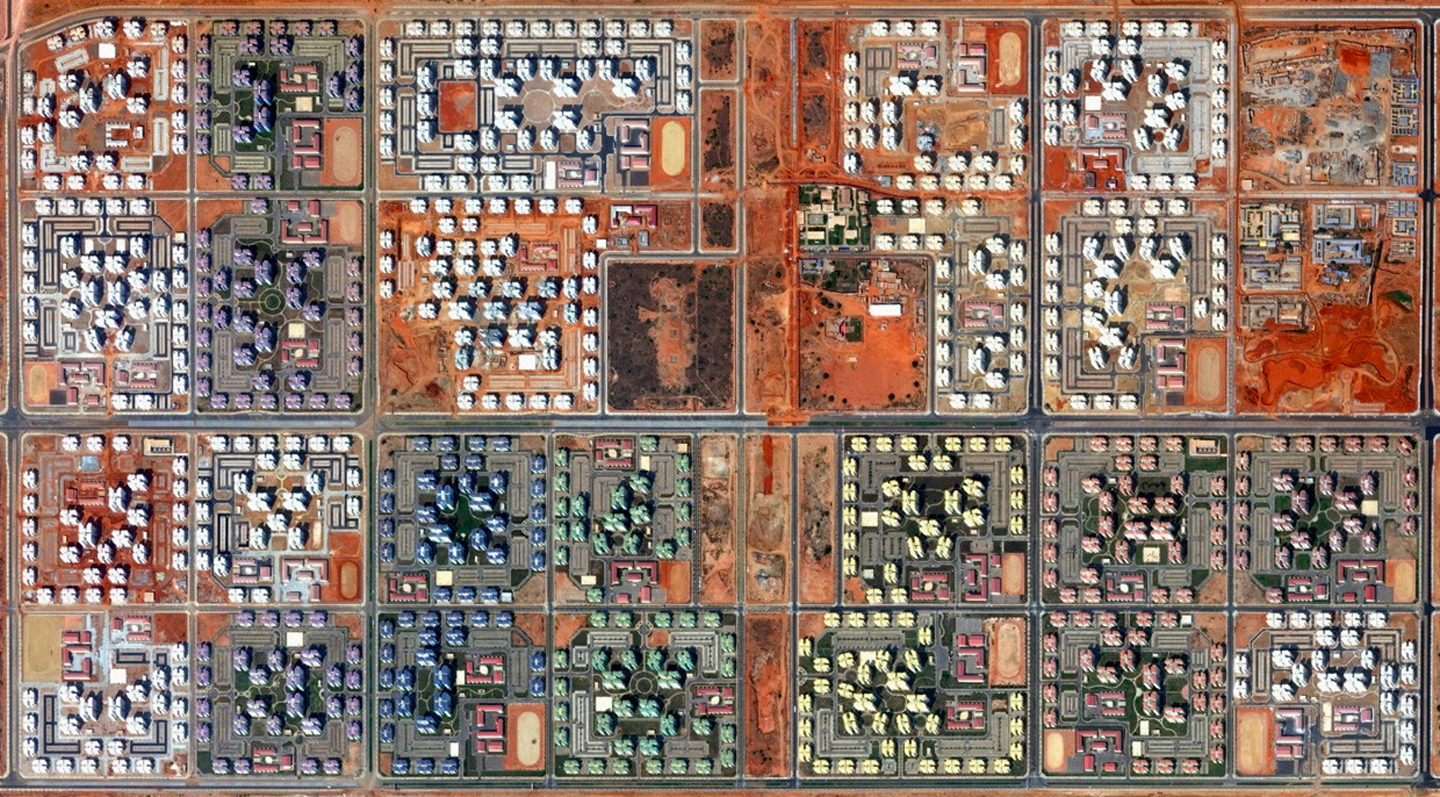Notes
1
This syllabus is based on required theory courses I teach to B.Arch. and M.Arch. students.
2
See for example Charles Johnson, The Sorcerer’s Apprentice: Tales and Conjurations (New York: Atheneum, 1986).
© 2019 e-flux and the author
